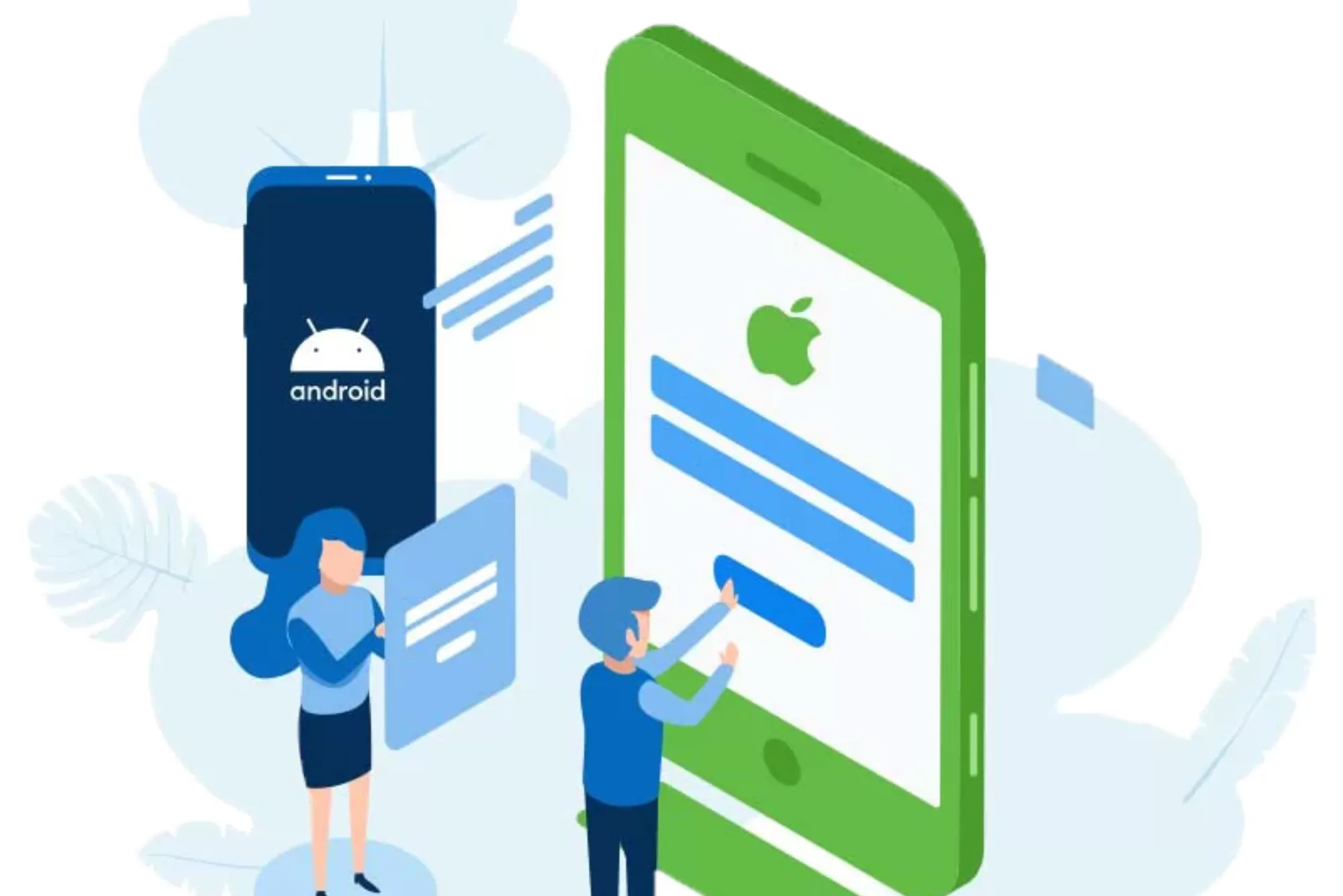User experience (UX) has become a cornerstone in the world of mobile app development. In Oman, the focus on UX is crucial as the demand for high-quality, user-friendly apps grows. Mobile App Development Oman takes a strategic approach to UX, ensuring that the apps developed not only meet user needs but also enhance their interaction with technology. This article delves into how UX is handled in the context of Mobile App Development Oman, highlighting key practices, challenges, and the importance of user-centric design.
Understanding UX in Mobile App Development
UX refers to the overall experience a user has while interacting with a mobile app. It encompasses various elements, including usability, accessibility, design aesthetics, and emotional impact. In the context of Mobile App Development Oman, UX is about creating a seamless, intuitive, and enjoyable experience for users. This involves understanding user behaviors, preferences, and pain points to design apps that cater to these needs effectively.
User-Centered Design: The Core of UX
At the heart of UX in Mobile App Development Oman is user-centered design. This approach ensures that the needs and expectations of the end-users drive the design and development process. By placing the user at the center, developers in Oman can create apps that are not only functional but also engaging and easy to use.
User-centered design involves several steps:
User Research: Understanding the target audience is the first step. This involves gathering data on user preferences, behaviors, and pain points through surveys, interviews, and usability testing. In Mobile App Development Oman, this step is crucial for ensuring that the app meets the specific needs of Omani users.
Personas and Scenarios: Creating user personas and scenarios helps developers visualize the end-users and their interactions with the app. These personas are fictional characters representing different segments of the target audience, allowing developers to empathize with users and design more effectively.
Wireframing and Prototyping: Before diving into the actual development, designers create wireframes and prototypes. This step allows them to map out the app’s structure, layout, and functionality. In Mobile App Development Oman, prototyping is essential for testing ideas and making adjustments before final implementation.
Visual and Interaction Design
Visual design and interaction design are critical components of UX in Mobile App Development Oman. Visual design focuses on the aesthetics of the app, including color schemes, typography, and overall layout. The goal is to create a visually appealing app that reflects the brand’s identity and resonates with the target audience.
Interaction design, on the other hand, is about how users interact with the app. This includes the navigation, buttons, gestures, and feedback mechanisms. Mobile App Development Oman ensures that interaction design is intuitive, allowing users to achieve their goals with minimal effort.
Usability Testing and Iteration
Usability testing is an integral part of the UX process in Mobile App Development Oman. This involves testing the app with real users to identify any usability issues or areas for improvement. Usability testing helps ensure that the app is user-friendly and meets the expectations of the target audience.
Iteration is also key in Mobile App Development Oman. Based on feedback from usability testing, developers make necessary changes to the app’s design and functionality. This iterative process continues until the app meets the desired UX standards.
Localization: Catering to the Omani Market
Localization is a significant aspect of UX in Mobile App Development Oman. Given the cultural and linguistic diversity in Oman, developers must tailor the app to meet the specific needs of the local market. This includes adapting the language, content, and design elements to align with the cultural context of Oman.
Localization also involves considering the unique user behaviors and preferences in Oman. For instance, Mobile App Development Oman may require different navigation patterns or content layouts that resonate better with Omani users. By localizing the app, developers can enhance the user experience and increase the app’s relevance in the local market.
Accessibility: Ensuring Inclusivity
Accessibility is another crucial aspect of UX in Mobile App Development Oman. Accessibility ensures that the app is usable by people with disabilities, including those with visual, auditory, or motor impairments. In Oman, where inclusivity is a growing concern, developers must prioritize accessibility in their UX design.
This involves implementing features such as screen readers, voice commands, and adjustable text sizes. Mobile App Development Oman also ensures that the app’s design is compatible with assistive technologies, making it accessible to a wider audience.
Performance Optimization: Enhancing User Experience
Performance plays a significant role in UX. An app that is slow, crashes frequently, or consumes excessive battery power will result in a poor user experience. Mobile App Development Oman focuses on optimizing app performance to ensure that it runs smoothly across different devices and network conditions.
This includes optimizing the app’s code, reducing load times, and ensuring that the app is responsive to user inputs. By focusing on performance optimization, developers in Oman can create apps that offer a seamless and enjoyable user experience.
Cross-Platform Consistency
With the growing use of multiple devices, cross-platform consistency has become a vital aspect of UX in Mobile App Development Oman. Users expect a consistent experience across different devices, whether they are using a smartphone, tablet, or desktop. Mobile App Development Oman ensures that the app’s design and functionality remain consistent across platforms, providing a unified user experience.
This involves using responsive design techniques to ensure that the app adapts to different screen sizes and resolutions. It also means maintaining a consistent brand identity, navigation patterns, and interaction design across platforms.
The Role of Feedback in Continuous Improvement
Feedback is essential for continuous improvement in UX. In Mobile App Development Oman, collecting and analyzing user feedback is an ongoing process. This feedback helps developers identify pain points, understand user preferences, and make informed decisions for future updates.
Developers in Oman use various methods to collect feedback, including in-app surveys, user reviews, and analytics tools. By continuously gathering feedback, Mobile App Development Oman can refine the app’s UX, ensuring that it evolves with the changing needs of users.
The Future of UX in Mobile App Development Oman
As technology continues to evolve, so does UX in Mobile App Development Oman. The future of UX in Oman will likely be shaped by emerging technologies such as artificial intelligence, augmented reality, and voice interfaces. These technologies have the potential to enhance the user experience, making it more personalized, immersive, and intuitive.
Moreover, as the Omani market becomes more competitive, the importance of UX in Mobile App Development Oman will only increase. Developers will need to stay ahead of trends, continually innovate, and focus on creating exceptional user experiences that differentiate their apps from the competition.
Conclusion
UX is a critical component of Mobile App Development Oman. By focusing on user-centered design, visual and interaction design, usability testing, localization, accessibility, performance optimization, and cross-platform consistency, developers in Oman can create apps that offer a seamless and enjoyable user experience. As the field continues to evolve, Mobile App Development Oman will need to stay at the forefront of UX practices, ensuring that the apps developed meet the ever-changing needs and expectations of users.














